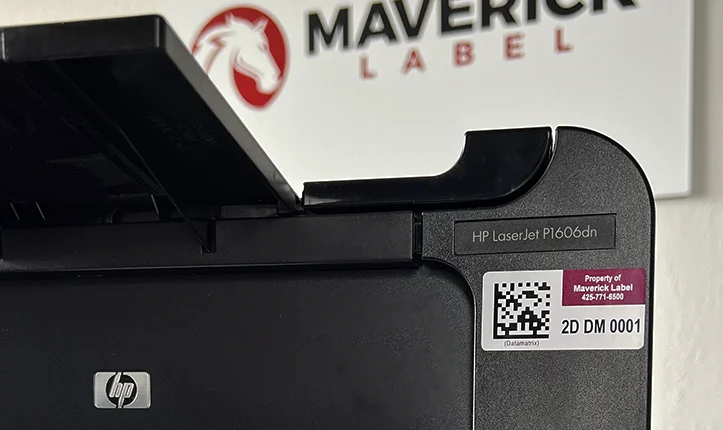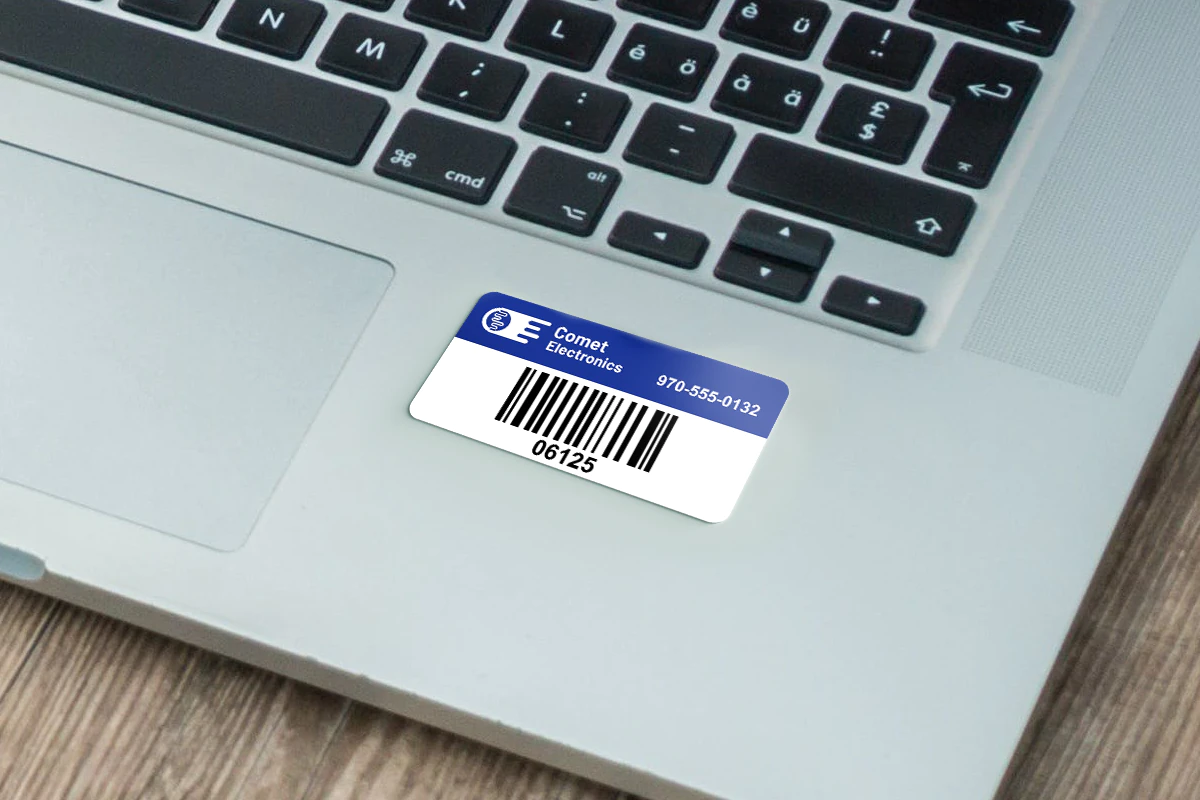Asset tagging is the process of attaching unique identifiers, such as barcodes, QR codes, or RFID tags, to assets like equipment, IT hardware, and vehicles. Asset tags help businesses track assets, manage maintenance, and prevent loss or theft.
Asset Tagging Benefits
| Benefit | How It Helps |
|---|---|
| Asset Management | Keeps track of company assets and their location. |
| Maintenance | Schedules and tracks maintenance records for assets. |
| Inventory Tracking | Prevents asset loss and improves inventory accuracy. |
| Security | Helps deter theft and unauthorized asset movement. |
| Cost Savings | Reduces asset misplacement and repair costs. |
Understanding Asset Tags
Definition of Asset Tags
An asset tag is a label attached to an asset, containing unique identifying information. These tags can range from simple labels with serial numbers to more complex ones with barcodes or QR codes that can be scanned for detailed information.
Asset tags are made from various materials, including metal, plastic, and paper, to suit different environmental and durability requirements.
Types of Asset Tags
There are several types of asset tags, each designed for specific purposes:
- Laptop Asset Tags: Used to identify and track laptops, ensuring they are properly accounted for within an organization.
- Custom Asset Tags: Tailored to meet specific needs, custom asset tags can include company logos, specific information, or unique design elements.
- Metal Asset Tags: Known for their durability, metal asset tags are ideal for harsh environments where longevity and resistance to wear and tear are essential.
- Barcode Asset Tags: These tags feature barcodes that can be scanned to quickly access information about the asset.
- QR Code Asset Tags: Similar to barcode tags, QR code asset tags can be scanned with a smartphone to access detailed information.
- Asset Tags for Equipment: These tags are used to track and manage various types of equipment, helping ensure that assets are properly maintained and accounted for.
The Importance of Asset Tags
Improving Asset Management
Asset tags significantly improve asset management processes by providing a systematic way to track and monitor assets. This helps organizations maintain accurate records of their assets, making it easier to locate them when needed and ensuring they are utilized efficiently.
Enhancing Security and Loss Prevention
By attaching asset tags to valuable items, businesses can improve security and reduce the risk of theft or loss. Asset tags act as a deterrent to theft and make it easier to identify and recover lost or stolen items.
Benefits of Using Asset Tags
Streamlining Inventory Management
One of the primary benefits of asset tags is their ability to streamline inventory management. By scanning asset tags, businesses can quickly and accurately update their inventory records, reducing the time and effort required for manual tracking.

Simplifying Maintenance and Repairs
Asset tags also help in simplifying maintenance and repairs. By keeping detailed records of each asset, including maintenance history and warranty information, organizations can ensure that their assets are properly maintained and repaired on schedule.
Best Practices for Using Asset Tags
Choosing the Right Asset Tags
Selecting the appropriate asset tags for your organization is crucial. Consider factors such as the environment where the tags will be used, the type of assets being tracked, and the information that needs to be included on the tags.
Implementing Asset Tagging in Your Organization
To successfully implement asset tagging, develop a clear plan. This should include training staff on how to use the tags, integrating the tagging system with your existing asset management software, and regularly reviewing and updating your tagging process to ensure it remains effective.
Asset Tagging FAQs:
Asset tagging is the process of attaching unique identifiers like barcodes, QR codes, or RFID tags to assets such as IT equipment, vehicles, and office supplies for tracking and management.
Asset tagging helps businesses prevent loss, improve inventory tracking, streamline maintenance, and enhance asset security.
Industries like healthcare, manufacturing, education, utilities, logistics, and defense use asset tagging for inventory and asset management.
Asset tags include barcode labels, RFID tags, tamper-evident labels, QR code tags, and metal tags for durability.



